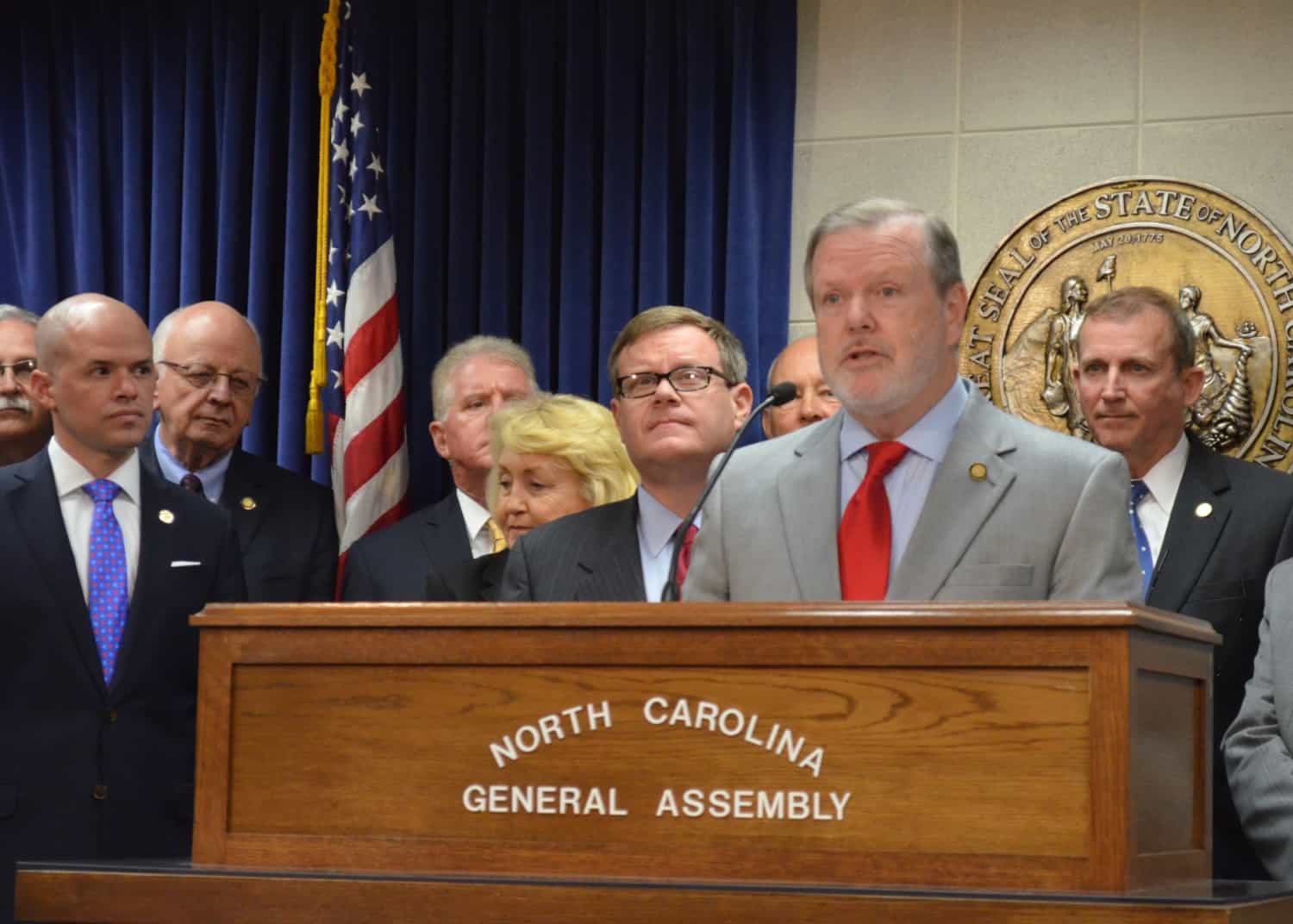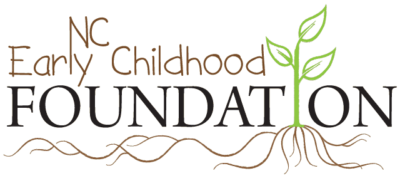There is a lot to digest for early childhood in the North Carolina General Assembly’s proposed budget for Fiscal Year 2018-19. A few highlights are listed here, with more detail provided below. As we continue to comb through the Money Report and Special Provisions, we will post updates. The proposed budget:
- Uses more than half of new recurring federal funding for child care for other purposes. In February, Congress passed bipartisan legislation signed by President Donald Trump that provided states with the largest increase in history to help more working families afford high quality child care. Of the approximate $74 million in new annual funding that North Carolina is projected to receive, the proposed budget uses $50 million for other purposes. The remaining funds are used to provide access to child care and increase reimbursement rates for child care providers.
- Keeps the planned expansion of NC Pre-K. However, it reduces the state investment in NC Pre-K by $50 million and replaces those funds with federal dollars.
- Expands funding for newborn screening by $6.4 million to support the full cost of the State’s Newborn Screening Program. It also increases the reimbursement rate for testing, adds three new tests to the State’s newborn screening panel to conform to the federal Recommended Uniform Screening Panel, and creates a mechanism for new tests to be added without requiring legislation.
- Proposes a second, separate star-rated licensing system for infants and toddlers. Child care programs would receive a star-rating based on one set of criteria developed for infants and toddlers and a second star-rating for children ages three and older. The star-rating system was developed to help parents identify quality programs. Under the proposed system, one program could have two separate ratings, if it serves both birth-to-two and three-to-five year olds.
- Invests in Reach Out and Read, an evidence-based program that incorporates books into pediatric care and encourages families to read aloud together. The budget allocates $250,000 to Smart Start and $35,000 to the Greater Wayne Children’s Health Foundation in non-recurring funding to implement the program.
- Includes the expanded funding approved last year for Dolly Parton Imagination Library to be administered by Smart Start. However, it would not further expand investments in the Smart Start system of 75 local partnerships. It does provide non-recurring funding to three individual Smart Start local partnerships in Alamance, Union, and Wilkes counties. Funding historically has been provided to the North Carolina Partnership for Children (NCPC) rather than individual partnerships. NCPC oversees Smart Start, allocates funding to local partnerships and provides accountability for the funding.
- Provides additional salary increases for teachers and principals and makes teacher bonuses for reading and math scores recurring.
More on the new federal funding for child care
The $74 million in new annual federal funding is part of the Child Care Development Block Grant (CCDBG). CCDBG provides funding to assist low-income working families in affording child care (child care subsidy) and to improve child care quality.
Public opinion across the political aisle is strongly in support of investing public funds in early learning. Bipartisan polling shows overwhelming majorities of North Carolina voters from both parties want state policymakers to do more to make early childhood education care more affordable for working families, including 78 percent of republicans, 93 percent of independents and 97 percent of democrats.
How many more children will be served with the new annual CCDBG funding?
The General Assembly’s proposed budget estimates serving an additional 3,700 children. There is currently a waiting list of 50,000 children.
Why did we say that $50 million of this new CCDBG is used for other purposes?
As previously noted, the proposed budget keeps the planned expansion of NC Pre-K, increasing funding from $154.5 million in FY 2017-18 to $162.8 million in FY 2018-19. However, it reduces the state investment in NC Pre-K by $50 million and shuffles federal funds to fill the gap.
Here is what is proposed.
- Remove $50 million in state funding from NC Pre-K so that the General Assembly can use it for other purposes.
- Fill the gap created in NC Pre-K with $50 million of federal TANF funding from child care subsidy. (Child care subsidy is funded through a combination of state and federal funding with the majority coming from federal funds. Federal funding comes primarily from two sources, the Child Care and Development Block Grant and Temporary Assistance for Needy Families.)
- Fill the gap created in child care subsidy with $50 million from the new federal CCDBG funding.
This process technically avoids the federal prohibition on using the new CCDBG funds to supplant existing investment in child care.
How is funding used to support child care providers?
The cost to child care providers of providing high-quality child care can exceed the payment rate for child care subsidy. All states are required to complete market rate surveys to receive federal Child Care Development Fund dollars. A market rate is the maximum amount that a child care center or home may be paid through subsidy funding for child care services. It is not an average. North Carolina’s last study was completed in 2015.
The budget would also use $13.4 million in federal funding to1:
- increase the child care market rates for children ages birth through five in Tier 1 and 2 counties to the 100th percentile of the 2015 Market Rate Study. Currently, North Carolina does not calculate the 100th The federal government recommends that states reimburse at the 75th percentile of the market rate. (The 75th percentile of market rate is the price at or below which 75 percent of child care providers reported charging for services.)
- increase the child care market rates for children ages three through five in Tier 3 counties to the recommended rates from the 2015 Market Rate Study.
Combined with provisions enacted last session, child care providers serving birth through age five in all counties would receive a reimbursement increase under this proposal.
References
[1] The North Carolina Department of Commerce uses four factors to determine county tiers, including average unemployment rate, median household income, percentage growth in population, and adjusted property tax base per capita. It defines county tier designations as follows:
- Tier 1: 40 most distressed counties
- Tier 2: 40 counties between Tier 1 and Tier 3
- Tier 3: 20 least distressed counties



